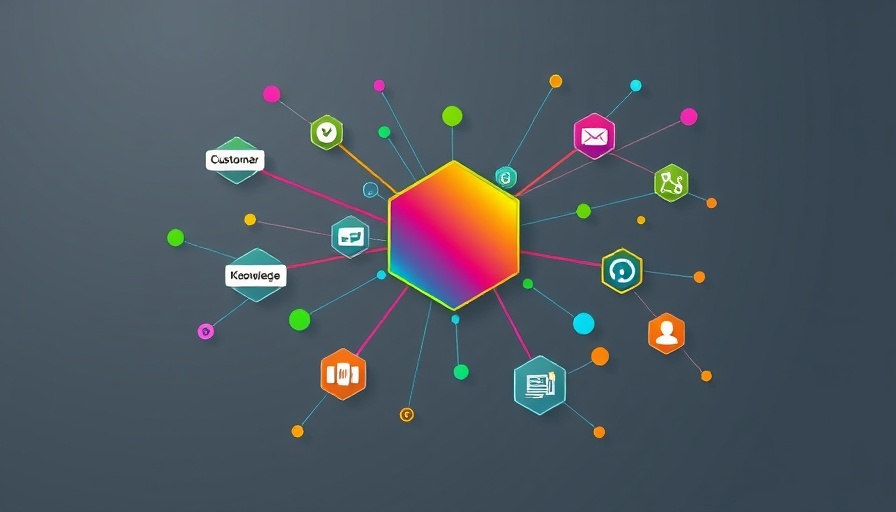
Transitioning from Connect: A New Era for Custom Apps
In early 2025, Atlassian announced the impending end of support for the Connect framework, making it crucial for developers and organizations using custom cloud apps to prepare for this transition. As we approach the end of 2026, it is imperative that developers familiarize themselves with the ramifications and plan accordingly to ensure their apps remain functional and secure.
Understanding the Custom App Landscape
Custom apps often play essential roles within organizations, specifically tailored to meet unique workflows and project requirements. If your app was not found on the Atlassian Marketplace and was developed independently or through a partner, it likely falls under the category of a custom app. These applications are typically hosted externally, using services like AWS or Google Cloud Platform, unlike Forge apps, which Atlassian hosts. Understanding these distinctions can help you devise a migration strategy.
Significance of the End of Connect Support
The end of support for Connect apps signifies that those relying on this platform will face challenges. Custom app developers must recognize that updates for these apps will cease, reducing their functionality and potential security. Specifically, updates will be unavailable after March 31, 2026, pushing developers into a critical period where migration becomes necessary.
Preparing Your Migration to Forge
Transitioning to Forge offers developers a more sustainable path forward, leveraging Atlassian's cloud infrastructure for scalability and security. Establishing a strategic migration plan will not only safeguard your app's future but also align it with modern development practices. Be proactive; this migration requires careful planning and execution.
Actionable Insights for Developers
Evaluate your custom apps against a set of criteria to determine their status. If you're unsure whether your app is custom, ask:
- Is it installed via a direct link or developer mode?
- Does it lack visibility on the Atlassian Marketplace?
- Do you maintain the code, and is your organization the sole entity associated with installations?
 Add Row
Add Row  Add
Add 




Write A Comment